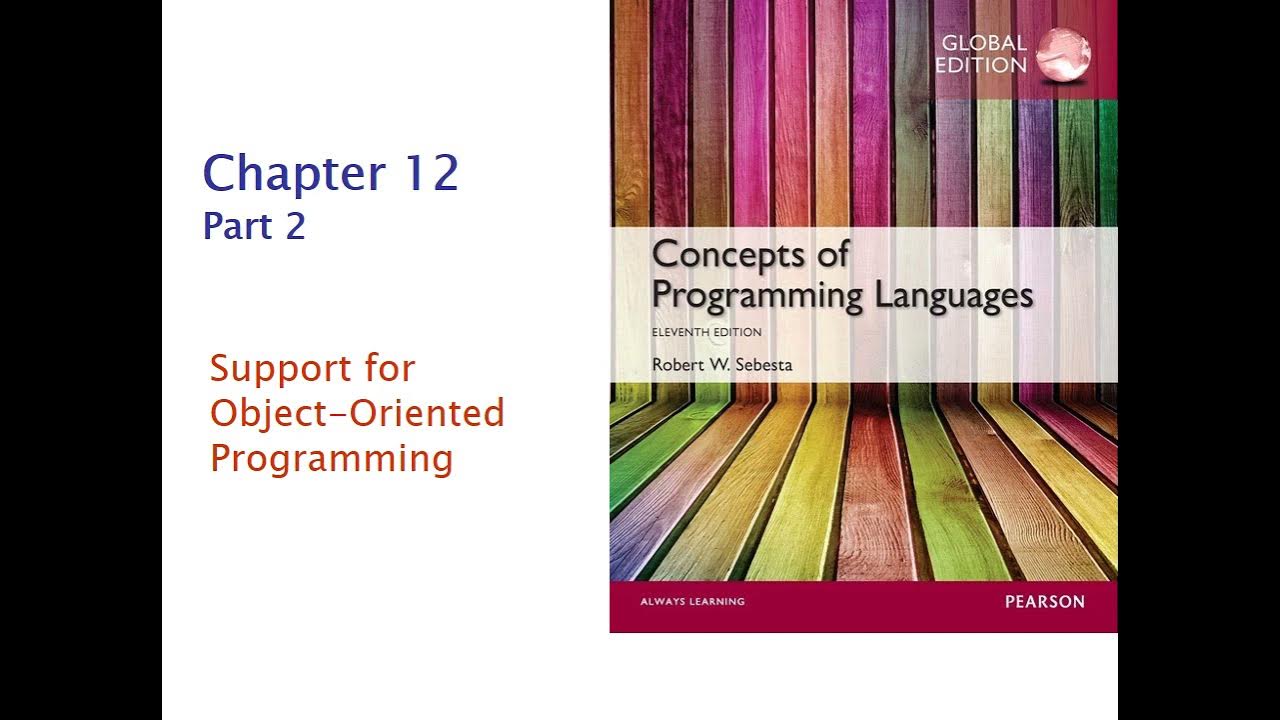Intro to kdb+ and q | Tutorial #1 | Introduction
Summary
TLDRIn this introduction to the Q programming language, Jeffrey Moore explores its unique features and capabilities, highlighting its minimalist design and efficiency. Developed by Arthur Whitney, Q is distinct from traditional programming languages, lacking common constructs like control flow loops and shared mutable globals. Instead, it focuses on vector programming, functional programming, and data structures based on lists and dictionaries. Moore encourages viewers to forget their previous programming knowledge and embrace Q's concise and powerful approach to serious computation, making it a compelling option for solving real-world problems with minimal code.
Takeaways
- 😀 Q is a minimalist programming language developed by Arthur Whitney of KX, emphasizing efficiency with no wasted code or data.
- 🚀 The language allows for serious computation with remarkably little code, making it unique compared to traditional languages.
- 📚 The presentation is based on the chapter titled 'Q Chicana' from the book 'Q for Mortals', which is available for free online.
- 👩💻 Users are encouraged to download the non-commercial version of Q from KX to follow along during the presentation.
- ❗ Key assumptions include: a desire to learn Q, a willingness to unlearn traditional programming concepts, and openness to new methodologies.
- 🚫 Traditional programming constructs such as control flow loops, if-then-else blocks, objects, inheritance, threads, and mutable globals are not present in Q.
- 🐖 A metaphor highlights that clinging to traditional programming concepts while learning Q may lead to confusion.
- 📖 Q is an interpreted language, similar to Python, and is also dynamically typed.
- 🔢 Q emphasizes vector programming, which will be clarified in later sections of the presentation.
- 🔄 The language is based on functional programming, meaning it models programming on mathematical functions.
- 📊 Q primarily utilizes lists and dictionaries as its core data structures, with tables derived from dictionaries being first-class items.
Q & A
What is the primary purpose of the Q programming language as introduced in the video?
-The primary purpose of Q is to solve real-world problems with remarkably little code, emphasizing efficiency and minimalism in programming.
Who developed the Q programming language?
-Q was developed by Arthur Whitney of KX.
What unique characteristic sets Q apart from traditional programming languages?
-Q is known for being an ultimate minimalist programming language, where not a single byte of code or data is wasted, achieving high efficiency.
What are the three assumptions made by the presenter regarding the audience?
-The three assumptions are: 1) the audience wants to learn how to write proper and efficient Q code, 2) they will forget traditional programming concepts, and 3) they are willing to learn new methods.
What programming concepts are absent in Q?
-Q does not include control flow structures, loops, if-then-else blocks, object-oriented programming features like inheritance, threads, or shared mutable globals.
What type of programming paradigm does Q utilize?
-Q is characterized as a functional programming language, which means it models programming based on mathematical functions.
How is Q described in terms of data handling?
-Q is described as based on data structures such as lists and dictionaries, with tables composed from dictionaries being first-class items.
What does the presenter mean by 'vector programming' in the context of Q?
-Vector programming in Q refers to a unique approach that is distinct from traditional linear algebra concepts, though the video does not elaborate on its specific implications.
How does the Q programming language handle input/output operations?
-I/O operations in Q are described as simple and use a funky notation that is designed to be straightforward.
Where can one access the book 'Q for Mortals' mentioned in the presentation?
-The book 'Q for Mortals' is available for reading on the KX website.
Outlines

This section is available to paid users only. Please upgrade to access this part.
Upgrade NowMindmap

This section is available to paid users only. Please upgrade to access this part.
Upgrade NowKeywords

This section is available to paid users only. Please upgrade to access this part.
Upgrade NowHighlights

This section is available to paid users only. Please upgrade to access this part.
Upgrade NowTranscripts

This section is available to paid users only. Please upgrade to access this part.
Upgrade NowBrowse More Related Video

Intro to kdb+ and q | Tutorial #2 | Q Console, Types and Lists

COS 333: Chapter 12, Part 2

Is the C programming language still worth learning?

Hey, Google - Pump it Louder

C_04 Features of C Language | Use of C Language | C Programming Tutorials

Inside a Bizarre LOST House for Josephine Baker [by Adolf Loos]
5.0 / 5 (0 votes)